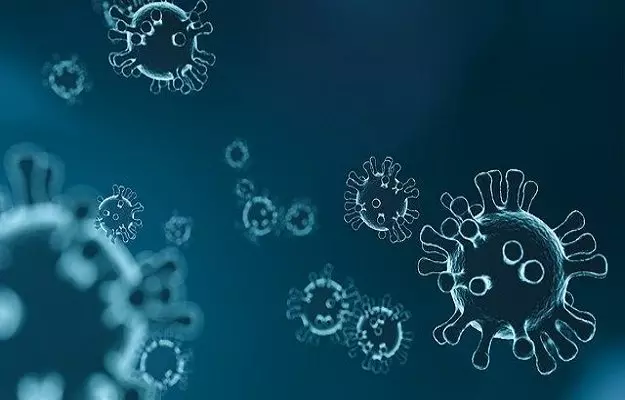The ACE2 receptors are actually a part of a hormonal system in our body that is responsible for controlling blood pressure and fluid and electrolyte balance. The system is called RAS - renin-angiotensin system.
This system has three hormones - renin, angiotensin and aldosterone - which act as enzymes in three different reactions in your body.
A hormone is a chemical compound that is directly released into the bloodstream by specialised glands called endocrine glands. Hormones relay messages from one part of the body to another and help regulate various processes in the body. An example of a hormone is insulin, which is released by the pancreas and promotes the uptake of sugars by the liver.
Enzymes, on the other hand, are compounds that catalyze (speed up) all the biological reactions in the body. Pepsin is an enzyme that is released into the stomach; it helps break down proteins in food.
The RAS system includes organs such as the lungs, kidneys, liver, brain and the circulatory system.
The function of the RAS system: In response to low blood pressure, specialised cells in our kidneys release the hormone renin into the bloodstream. This renin breaks down a protein called angiotensinogen (which is released by the liver and is constantly present in the blood) into angiotensin 1.
Now, angiotensin 1 is an inactive protein that needs to be converted into angiotensin 2 to be active. This conversion is done by the angiotensin-converting enzyme (ACE). This enzyme is present in ample amounts in the blood vessels of our lungs and kidneys.
ACE then binds to the ACE receptors present on the surface of the blood vessels of lungs and kidneys and constricts the blood vessels. This leads to an increase in blood pressure - or balance thereof if you already had low blood pressure. Angiotensin 2 also leads to the release of a hormone called aldosterone from the kidneys, which improves kidney function and the sodium-potassium (electrolyte) balance in the body.
This is why most patients with high blood pressure and chronic kidney disease are given ACE receptor blockers or ACE inhibitors.
Cell surface receptors are specialized molecules (usually proteins) that are present on the surface or through the surface (like a tunnel) of all body cells. These receptors help something from the outside (an enzyme or hormone, for example) to gain entry into the cell and perform its function.
Angiotensin-converting enzyme 2
ACE2 is very similar in structure to ACE. However, it does the opposite of what ACE does. That is, it brings down blood pressure.
ACE2 converts the active angiotensin 2 into angiotensin (1-7), which dilates blood vessels. ACE2 helps reduce the risk of fibrosis in the body (scarring or hardening of body tissues) and reduces the risk of heart disease.
Receptors for ACE2 are found in the lungs, liver, oral and nasal mucosa, stomach, intestines, kidney and brain.








































